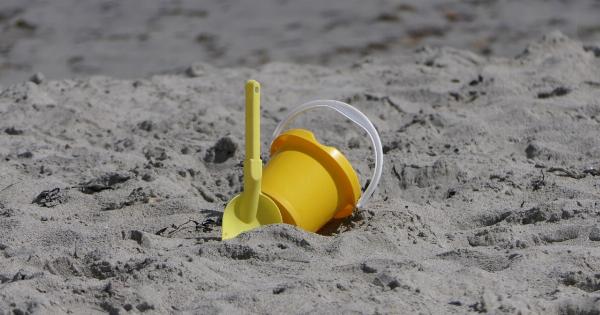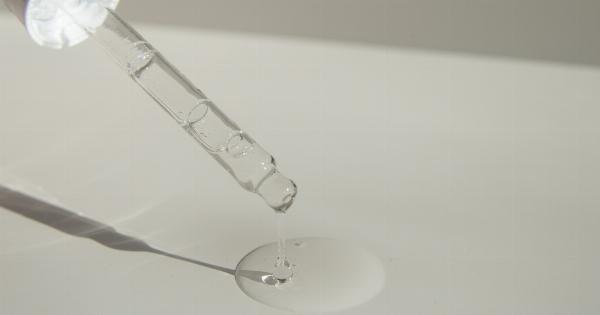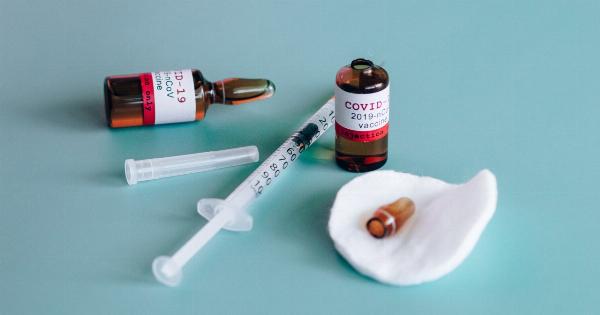Urine color may seem like a trivial aspect of your health, but it can actually provide valuable insights into your body’s overall well-being.
The color of your urine is determined by various factors, including your hydration levels, diet, medications, and even potential medical conditions. While slight variations in urine color are usually harmless, some colors may indicate underlying health issues that require attention. Let’s explore the different hues your urine can take on and what they might be trying to tell you.
1. Pale Yellow: Optimal Hydration
When your urine has a pale yellow or straw-like color, it generally indicates that you are well-hydrated. This is the ideal urine color, indicating that you have a healthy balance of fluids in your body.
Drinking an adequate amount of water throughout the day helps to maintain this pale yellow shade, ensuring proper kidney function and hydration levels.
2. Dark Yellow: Dehydration Alert
If your urine appears dark yellow or amber, it is a sign of dehydration. When you don’t consume enough fluids, your body tries to conserve water by reducing urine production. As a result, urine becomes concentrated and darker in color.
This color change should serve as a reminder to drink more water and other hydrating fluids to prevent dehydration and maintain optimal health.
3. Orange: Possible Liver Issues
Seeing orange-colored urine can be alarming, as it may indicate potential liver problems. Liver conditions such as hepatitis or liver disease can sometimes contribute to the presence of bilirubin in the urine, causing it to turn orange.
If you notice persistently orange-colored urine, it is advisable to consult a healthcare professional for further evaluation and diagnosis.
4. Pink or Red: Blood in Urine
Discovering a pink or reddish tint in your urine is a clear indication of the presence of blood.
This condition, known as hematuria, can be caused by various factors, including urinary tract infections, kidney stones, bladder or kidney infections, or even certain medications. While several causes of blood in urine are relatively harmless, it is important to rule out more serious conditions such as kidney disease or bladder cancer. If you notice such a color change, consulting a doctor is highly recommended.
5. Green or Blue: Rare but Possible
Although extremely uncommon, green or blue urine can be linked to certain medical conditions or dietary factors. For example, some urinary tract infections caused by bacteria that produce colored pigments can result in greenish urine.
Additionally, consuming foods or drinks that contain synthetic dyes may temporarily alter the color of your urine. While green or blue urine is typically harmless, it is crucial to monitor for any accompanying symptoms or changes to ensure there are no underlying health concerns.
Conclusion
Your urine color helps gauge your body’s hydration levels, dietary intake, and potential health conditions. Paying attention to the color of your urine is an easy and valuable way to gain insights into your well-being.
Remember, although urine color can provide clues about your health, it should not be the sole basis for diagnosis. If you have concerns about your urine color or notice persistent changes that are concerning, it is best to seek medical advice for a proper evaluation and appropriate treatment if necessary.

























